Surrealist Film Outside of the Theater
There is a distance between the traditional Surrealist approach to writing, photography and other art forms that cannot be reconciled with the involved process of filmmaking — editing, rehearsals, mise en scene and editing all take a considerable amount of time and, more importantly, planning and budgeting. Film is not able to lend itself to the automatic and spontaneous impulses of surrealist artists. This is chief among the reasons for the scarcity of surrealist films. In addition, since film was such a new medium, few Surrealists dedicated themselves to it completely, and even fewer had the practical knowledge to execute their visions. Filming was also quite costly. Duchamp owned a film camera and made some short films, but it proved to be so prohibitively expensive that he had to “space out his cinematographic blossoming.”[1]
However, there exists an entire Surrealist cinematic tradition that never made it to the “big screen.” In countless screenplays, Surrealists imagined scenarios that were technically or practically impossible, and thus declared to be “unfilmable.” These screenplays were written “independently of all plans and desires of filming,” making them more akin to Surrealist literature and even automatic writing.[2] Cinema was new, and therefore so were screenplays; they were neither frequent nor institutionalised, and “offered new potential for writing unstructured texts, free from the constraints and rationality imposed by the narrative or the essay.”[3] Surrealist screenplays, regardless of their intention to be realised, offered a way to renew the literary experience.
The screenplay’s value was not in its realisation, and in some cases, their realisation would not do the artistic vision justice. For instance, Robert Desnos wrote numerous screenplays, but his only realised work remains L’etoile de mer. Three of his published screenplays include Les mystères du Métropolitaine, Y a des punaises dans le rôti du porc, and Minuit à quatorze heures.[4] They begin as melodramas or farces that escalate into surreal visions, but Desnos refrained from actually filming them since he believed that these screenplays, like dreams, cannot be “reproduced”, but rather they must be perceived.[5] Unlike in many other cinematic traditions, for the Surrealists, screenplays stood alone as a means of artistic representation.
Below are the pages from Minuit à quatorze heures, Desnos’ most famous published, unfilmed screenplay. Written in the 1920s, it is meant to be a silent film that starts out following two lovers in the countryside and descends into scenes of obsessively repeated geometrical shapes, like the circle that was meant to convey a sense of the “uncanny.”[6]
There exist many films made by Surrealists that are nevertheless not technically Surrealist. Man Ray, who worked with both Surrealism and Dada, explored film extensively. We have access to a series of his home movies, where he recorded scenes of daily life and what may have been test shots for future films. These clips show Surrealist tendencies, like an exaltation of the everyday and of the human body. He has both sensual and disturbing shots of what is presumably his wife’s body, which call to mind the Surrealist fascination with the female figure. These shots are reminiscent of the images from L’etoile de mer of the woman’s legs, thighs and feet (although it is important to note that these films were made about 10 years after L’etoile de mer). Man Ray also experimented heavily with abstraction, as with his famous rayographs, and frequently brought that aesthetic into his films. Due to this, most of his films, save L’etoile de mer, have closer ties to Dada, such as Emak Bakia, La retour à la raison, and Entr’acte.
Of his filmmaking process, Man Ray reportedly said, “A surrealist film can’t be made to order and then rubber-stamped ’Surrealist’ … All the films I make are improvisations. I did not write scenarios. It was automatic cinema.”[7] He emphasises the difficulty of both making Surrealist films and also classifying films as Surrealist; many films of the time had Surrealist elements, but had characteristics that were out of agreement with certain key aspects of Surrealism (they were perhaps too abstract, too avant-garde, too commercial). The Surrealists were a tight knit and highly critical group. However, we will see that the few films that did make it to the big screen as explicitly Surrealist are excellent realisations of their philosophy. Moreover, nowadays filmmakers with surrealist inclinations, not faced with many of the technical and practical challenges that were present in the 1920s, have created a rich tradition of modern ‘Surrealist’ or Surrealist-inspired cinema.
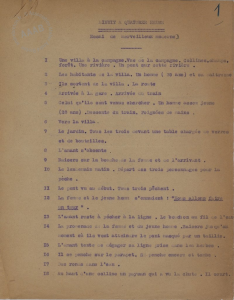
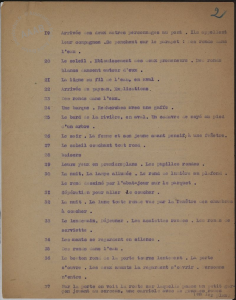
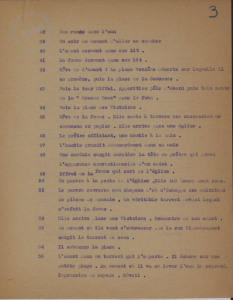
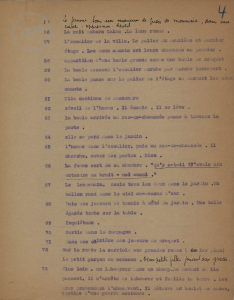
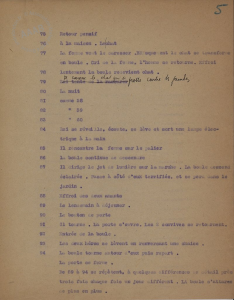
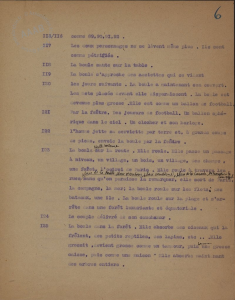
hi